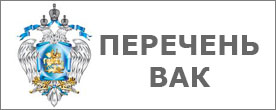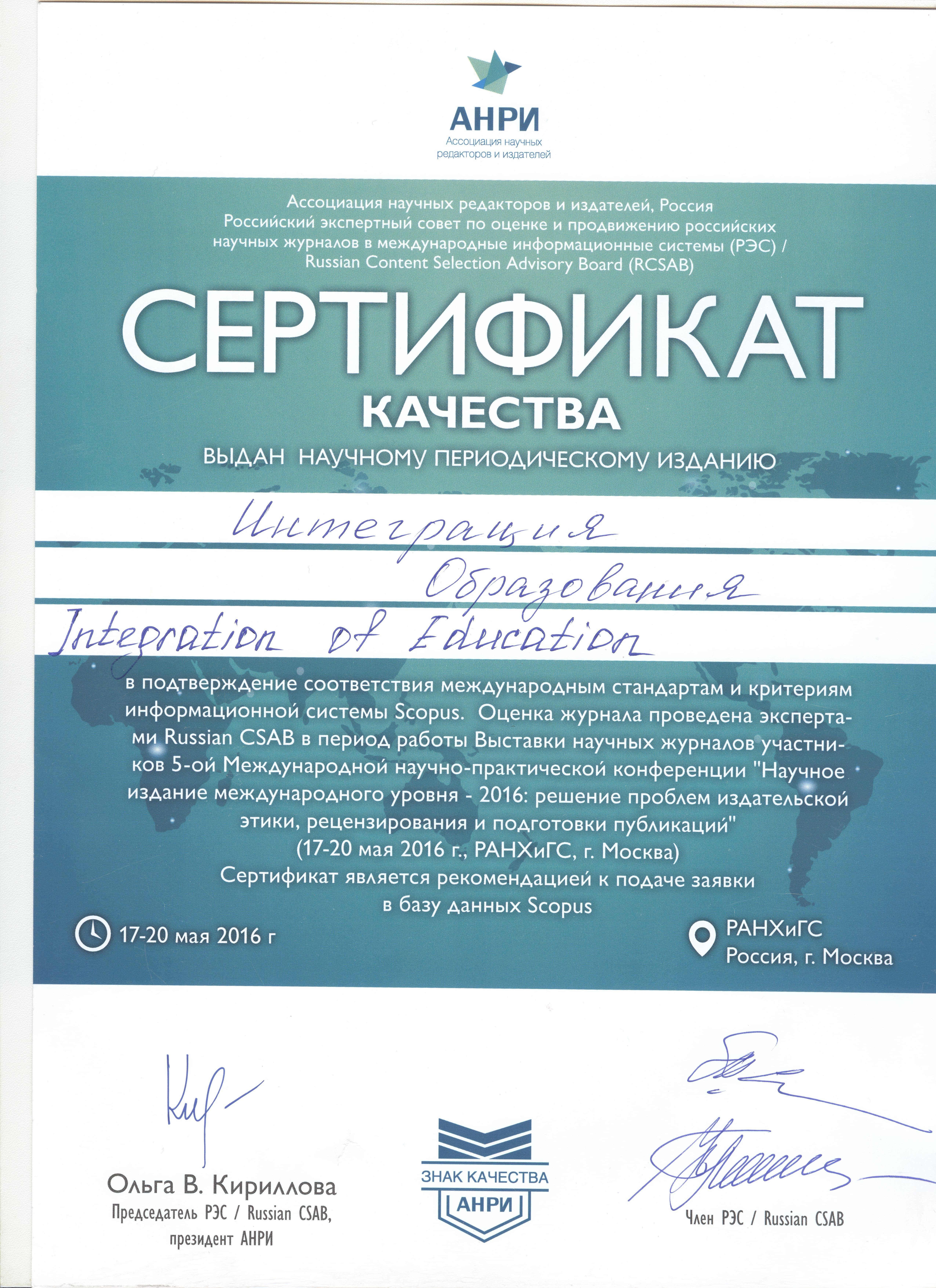DOI: 10.15507/1991-9468.112.027.202303.506-521
Role of Blended Learning in Higher Education: Students’ “First Steps” to Precarious Work and Social Life
Anastasia D. Melnik
Cand.Sci. (Sociol.), Doctoral Candidate, Senior Researcher, Research Laboratory for University Development Issues, Ural Federal University (19 Prospekt Mira, Ekaterinburg 620002, Russian Federation), ORCID: https://orcid.org/0000-0003-0273-4422, Scopus ID: 57190430255, Researcher ID: AAD-8078-2020, This email address is being protected from spambots. You need JavaScript enabled to view it.
Abstract
Introduction. The discussion of the challenges and consequences of permanent crises for university life from the point of view of students is centered around the problem of quality of higher education. The author proposes to measure it in the context of the transition of Russian universities to the model of blended learning through the indicator of perception of learning formats. The aim of the article is to determine the parameters of positive and negative attitudes of potential students to higher education with online elements, to highlight its advantages and disadvantages.
Materials and Methods. The answers to these questions are based on empirical research data: the results of an online survey conducted in 2021–2022 among full-time undergraduate and graduate applicants to one of the largest Russian universities; additional surveys conducted by the authors in 2015 (using a similar methodology); semi-structured interviews conducted at the end of the academic year with first-year students from among those surveyed in the quantitative study in 2021, university graduates (using a similar methodology); semi-structured interviews conducted at the end of the academic year with first-year students from among those surveyed in the quantitative research in 2021, university graduates working in the digital sphere in 2021.
Results. The results of the study showed that studentsʼ positive attitudes towards blended and online learning are constantly increasing, with this result being characteristic of undergraduate students. Flexible learning is gradually becoming a more natural process of higher education in studentsʼ perception. The interviews provide insights into studentsʼ greater engagement in a blended learning educational environment. Such experiences increase their adaptability to changing work content. The limitations of the blended learning model are related to the fact that conservative students (“pro” traditional education) have more stable orientations for self-realization in the specialty.
Discussion and Conclusion. The conclusions made by the author contribute to the development of scientific ideas about the relationship between the labor market and higher education, where the preparation of young people for unstable employment and social life becomes a key task. An important role in blended learning is the development of elements of studentsʼ agency through mastering digital skills, ability to plan in response to the challenges of instability of future work and social life.
Keywords: university applicants’ expectations, quality in higher education, blended learning, traditional learning, digitalization of education, precarious work and life, permacrisis
Funding: The research funding from the Ministry of Science and Higher Education of the Russian Federation (Ural Federal University project within the Priority-2030 Program) is gratefully acknowledged.
Conflict of interests: The author declares no conflict of interest.
For citation: Melnik A.D. Role of Blended Learning in Higher Education: Students’ “First Steps” to Precarious Work and Social Life. Integration of Education. 2023;27(3):506–521. https://doi.org/10.15507/1991-9468.112.027.202303.506-521
The author has read and approved the final manuscript.
Submitted 18.05.2023; revised 31.07.2023;
accepted 04.08.2023.

This work is licensed under a Creative Commons Attribution 4.0 License.





























